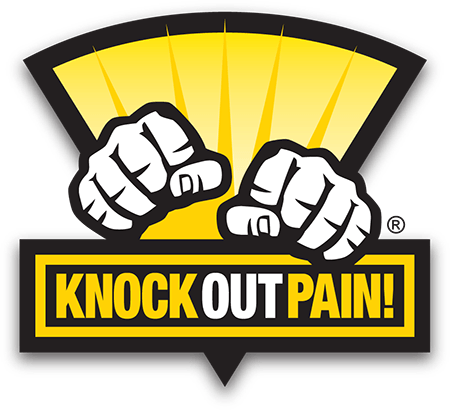Golfer’s elbow, or medial epicondylitis, is similar to its counterpart, tennis elbow, and both are prevalent in Norfolk, Chesapeake, Virginia Beach, Portsmouth, Suffolk, and Hampton Roads where our mild weather allows more sports playing time.
According to our physical therapists, the primary differences between these conditions are the location of the pain and the activity that leads to injury. However, both conditions are caused by overuse of the muscles and tendons of the forearm, leading to inflammation and pain around the elbow joint. These problems, tennis elbow and golfer’s elbow, are both forms of tendonitis. Tendons are the ends of muscles that attach to bone. Because of the force of the muscle, the points of insertion of the tendon on the bone are often pointed prominences.
Tennis Elbow or (lateral epicondylitis) and Golfer’s Elbow (medial epicondylitis) come from the names of the bony prominences where the tendons insert, and where the inflammation causes the pain. The pain of golfer’s elbow is usually at the elbow joint on the inside of the arm; a shooting sensation down the forearm is also common while gripping objects.
The mechanism of this injury can vary from a single violent action to, more commonly, repetitive stress injury where an action is performed repeatedly and pain gradually develops, according to our pain management doctor.
Tennis / Golfer’s Elbow Symptoms
Initially a burning sensation is felt below the elbow, tennis elbow (lateral epicondylitis) being on the outside of the arm and golfers elbow (medial epicondylitis) being on the inside of the elbow. Other symptoms are the feeling of weakness in the forearm and pain when trying to grasp objects. In my case I was unable to lift a cup of coffee.
Tennis/Golfer’s Elbow Causes
Although the condition is called tennis / golfers elbow there are many causes. Generally, damage is done at the point the forearm tendon is anchored to the upper arm bone (humerus) by shock traveling up the arm whist gripping something tightly, for example using a hammer or playing tennis. The result is small tears in the tendon at the anchor point and inflammation occurs. As the forearm muscles are in continual tension due to the opposing action needed by the hand for gripping, the tendon inflammation (tendinitis) has little chance to heal.
Tennis/Golfer’s Elbow Prevention
Usually these conditions are treated without surgery by our pain management doctor or physical therapists. The initial goal at our pain management clinic is to reduce the inflammation of the tendinitis.
The next step is stretching exercises which lengthens the forearm muscle fibers and reduce the tension on the tendon thereby allowing the injured area to heal.
Straps can be used in conjunction with the stretching exercises and worn during work and sports.
If pain is not relieved from stretching exercises and oral medications, cortisone injections can be performed and in extreme cases surgery may be the only recourse.
If You Live in Norfolk, Chesapeake, Virginia Beach, Portsmouth, Suffolk, or Hampton Roads, Let Us Help You to Relieve Your Pain without Surgery. Together We Strive to Knockout Pain®
Make an appointment to meet with Dr. Bragg to discuss how you may reduce your pain and inflammation from tennis / golfer’s elbow.
